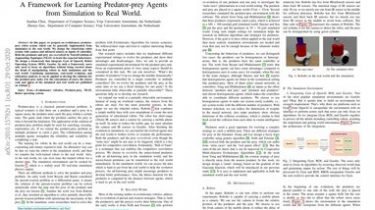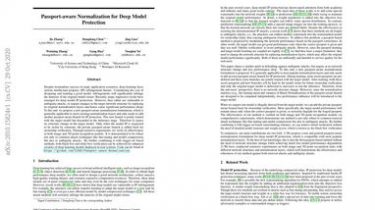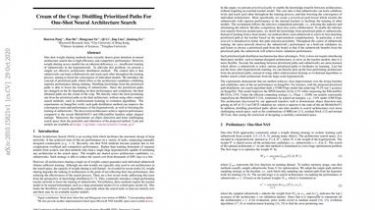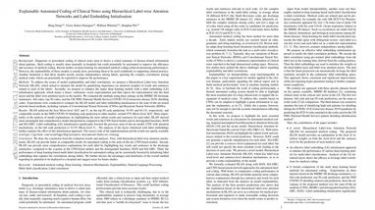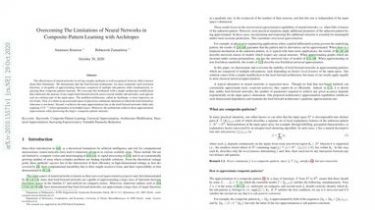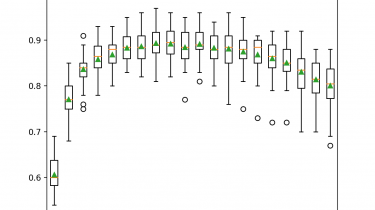A Framework for Learning Predator-prey Agents from Simulation to Real World
In this paper, we propose an evolutionary predatorprey robot system which can be generally implemented from simulation to the real world. We design the closed-loop robot system with camera and infrared sensors as inputs of controller… Both the predators and prey are co-evolved by NeuroEvolution of Augmenting Topologies (NEAT) to learn the expected behaviours. We design a framework that integrate Gym of OpenAI, Robot Operating System (ROS), Gazebo. In such a framework, users only need to focus on algorithms without […]
Read more